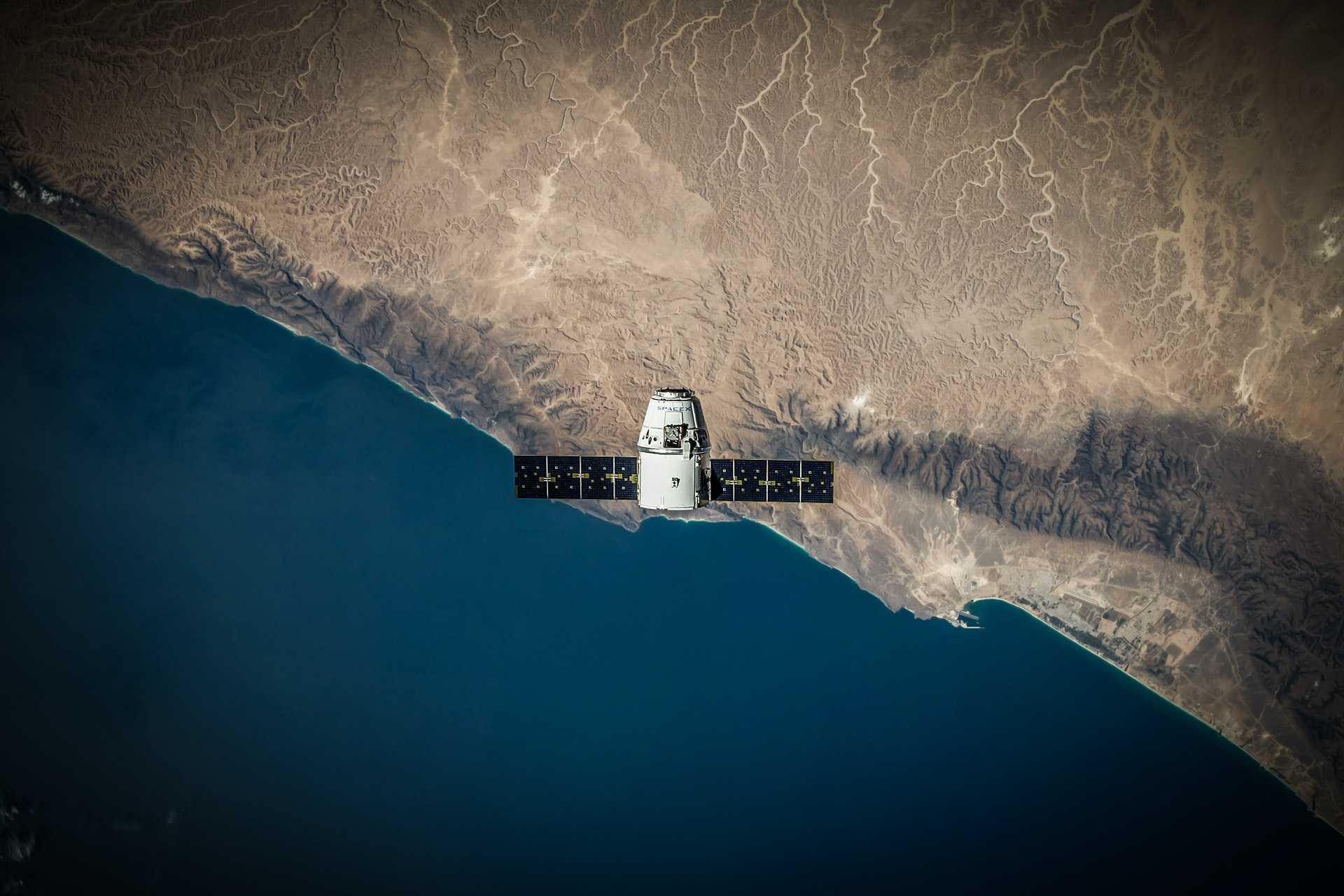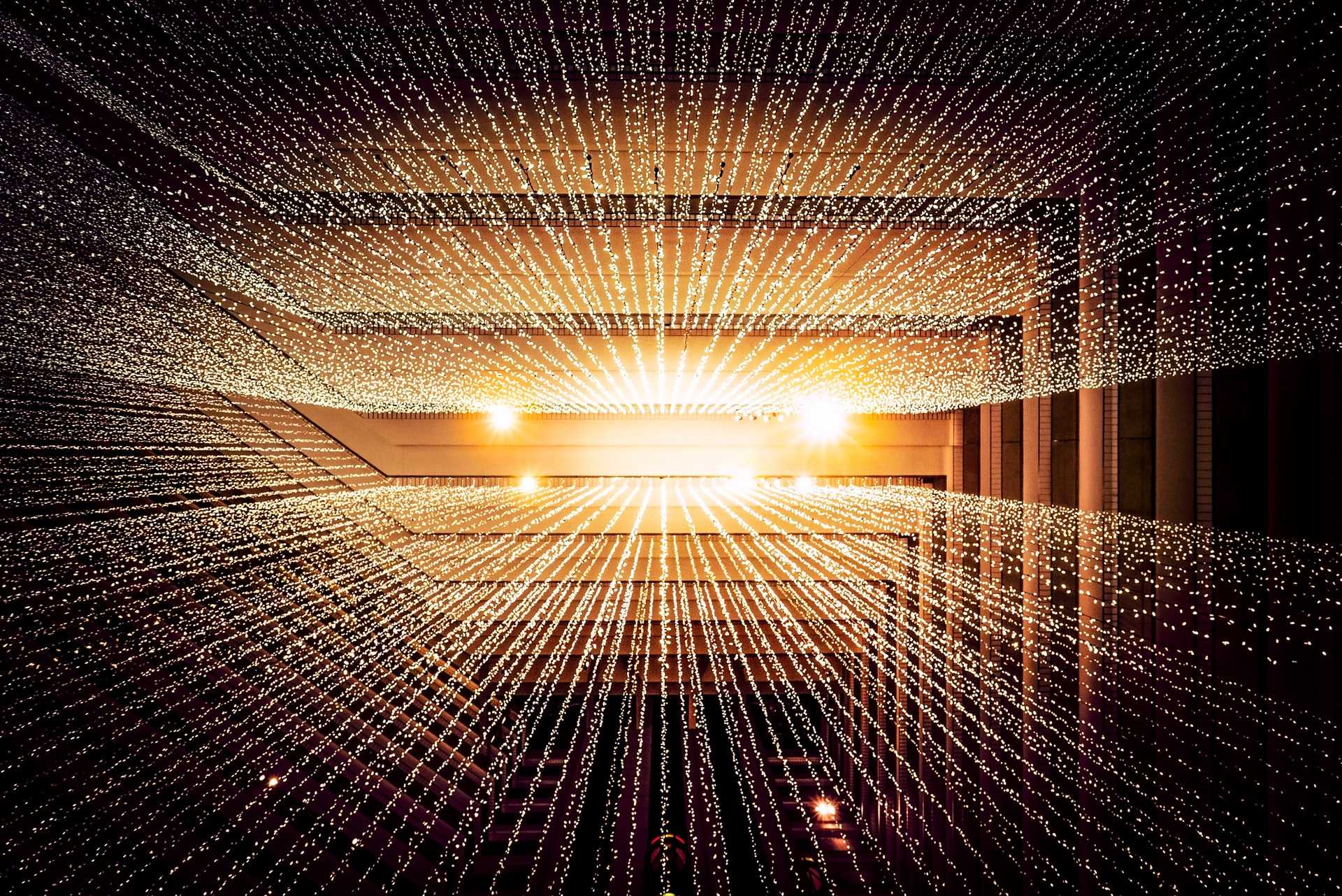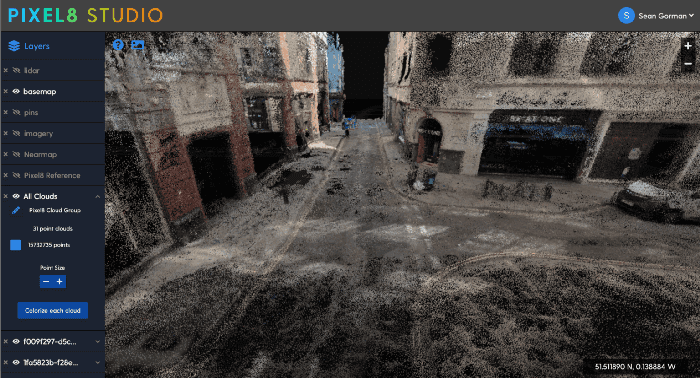
Trustworthy cartography
From visibility to authenticity.
How likely? How soon? What impact?
Cartography has always been a source of immense informational power. As technologies for sensing, storing, analyzing, and communicating information about the world grow, the quantity, quality, and utility of spatial data is growing fast. It is being baked into everything, as seamlessly as interactivity and connectivity were in previous eras.
Over the next decade, as digital maps become more fundamental to way we use computers, three challenges loom. First, the cost and complexity of rich and timely 3D surveys needs to be reduced. Efforts that leverage crowdsourcing and commodity cameras may prove transformative. Second, in an era of deepfakes and cyber-intrusions, methods for validating the authenticity of sensor data will be fundamental. How can we trust the streams of data our algorithms ingest? Finally, the risks of excessive spatial referencing are enormous, as position data reveals personally identifiable patterns.
Signals
Signals are evidence of possible futures found in the world today—technologies, products, services, and behaviors that we expect are already here but could become more widespread tomorrow.




..png)




